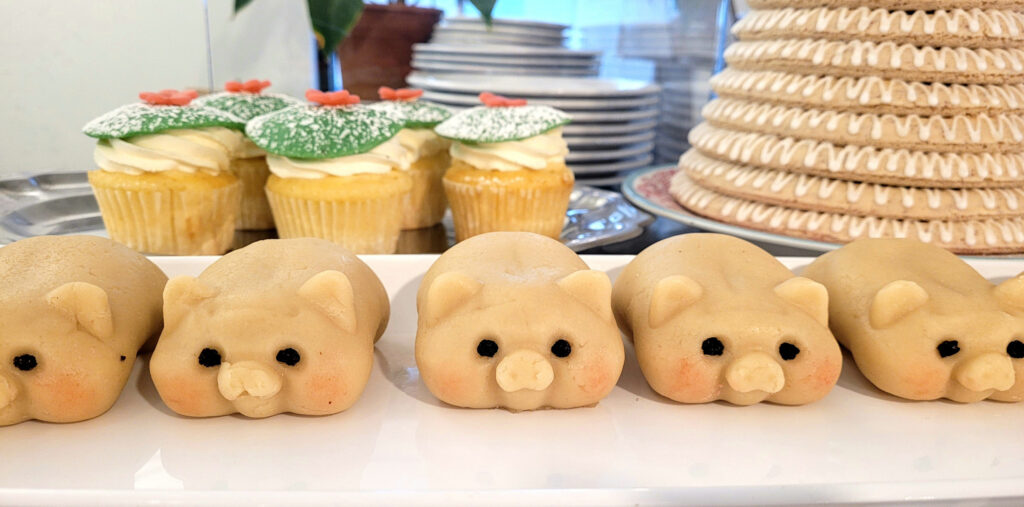by Tina Kelly –
An eyeroll – a reaction I’d stifle when my mom returned home boasting about her purchases. When it came to thrift store shopping, she enjoyed the thrill of the hunt as much as the low prices. Back then, she’d nab clothes for 50¢ or $1. My teenage self had no interest. If only I knew then the positive impact choosing secondhand has on the environment.
My eventual embracing of hand-me-downs coincided with starting university; the cost of living reality can have that effect. Used dishes? Yes, please. Secondhand pots and pans; thank you very much. And therein lies a long-held belief by some – buying used is for those who can’t afford brand new, those of lower class or financial status. But times are changing: in the last 10 to 15 years, that stigma has shifted. Thrifting has gained incredible popularity, and is even considered hip and trendy. Where once secondhand shoppers kept their purchases close to their chest, they now proudly announce scoring deals and finding treasures (much like my mom!). This is good news for the environment. Purchasing previously-owned goods prevents or delays them from ending up in the landfill. It also reduces the demand for new products, the resources used to make them and the pollution produced during their manufacture.
Australians and New Zealanders have a different term for a thrift shop: op shop, short for opportunity. The original premise, back in the 1920s, was the opportunity to sell used products and raise money for charity and the people the charity serves. This is not unlike our local thrift shops, many run by volunteers and raising money for various causes, or programs for seniors, youth, veterans, women in need, housing or employment.
When donating to charity shops follow these do’s and don’ts. Do check in with each organization for specifics on the types of items they accept (i.e. some do not take furniture). Do follow their Covid guidelines; some organizations require an appointment to drop off donations. Do ensure donated items are clean. Don’t donate broken, torn, ripped, or unusable items; having to sort and discard unsellable items wastes the charity’s time and resources.
I glance around my home, now many years past graduation, and spot more recently acquired used furniture and appliances. Some specifically chosen – a wood bench for my entryway – and some of them unintentional. A casual conversation expressing a need for a new vacuum happened to take place at a time a relative had one to spare. A friend cleaning out a family member’s home offered me an iron she knew I needed. Sometimes putting your needs out into the universe brings what you are looking for. And if friends or family enjoy thrift shopping and know what you need, they are an extra set of eyes on the lookout. When it’s my turn to offload belongings, I ask around before I donate.
I like the ring of “op shop” but more importantly, I appreciate the multiple meanings reflected in the word “opportunity:” opportunity to support a charitable organization and the community, opportunity to save a few pennies, an opportunity to give something a second chance, either through purchasing or donating, and the opportunity to help the environment. I wish my teenage self knew then what I know now.




